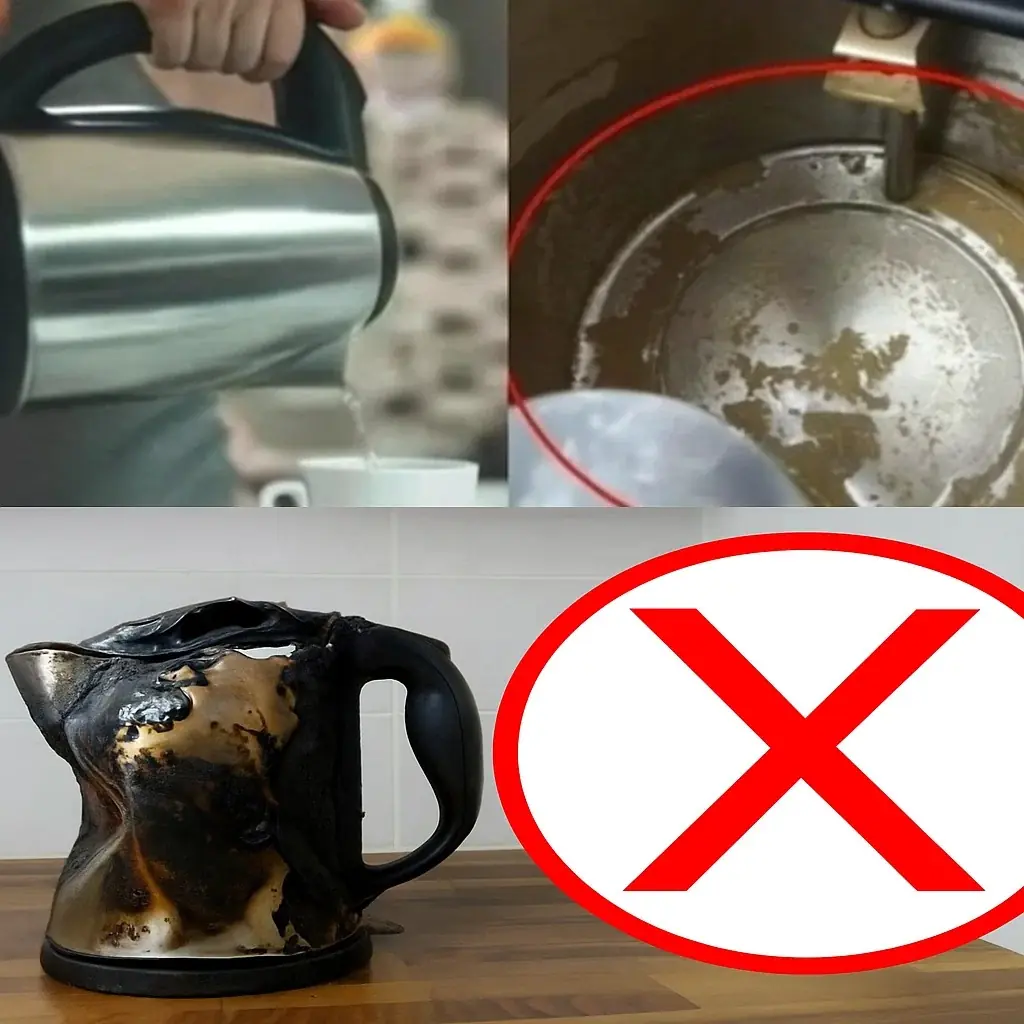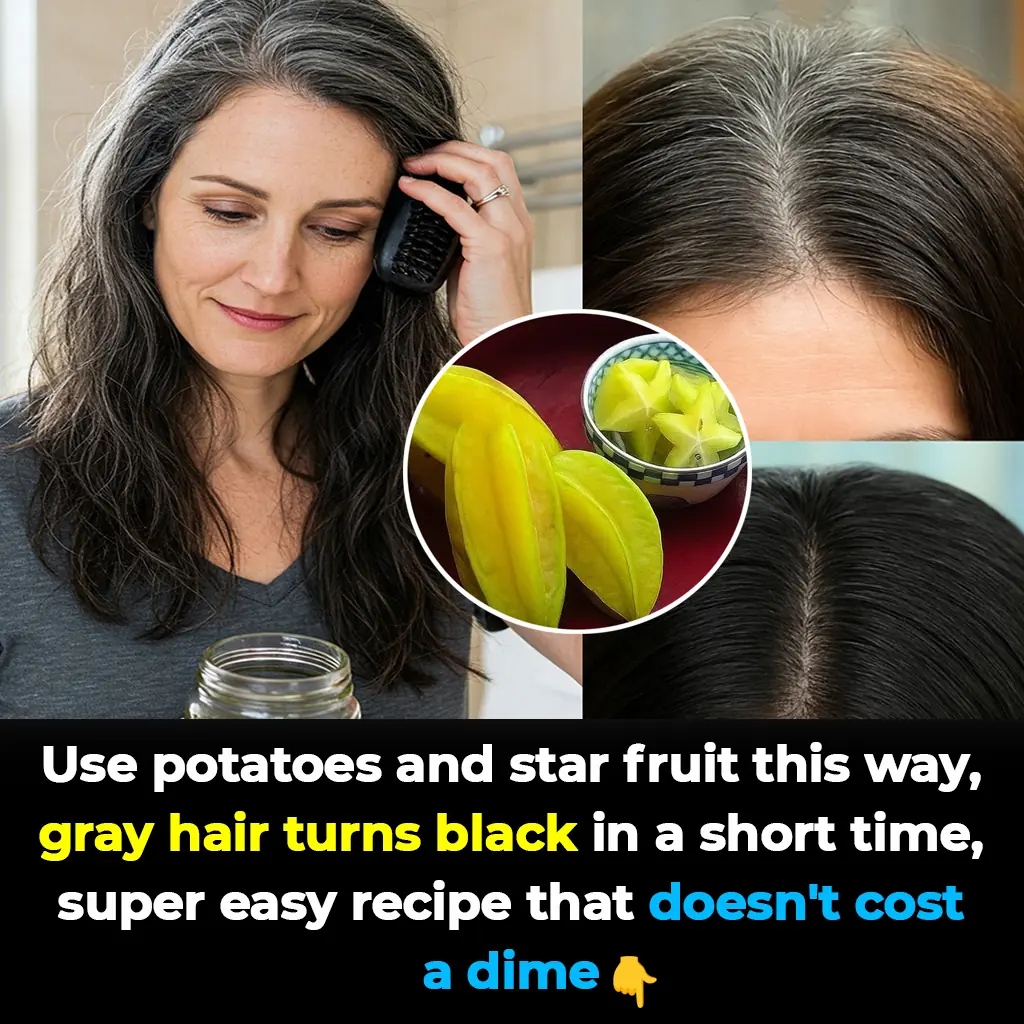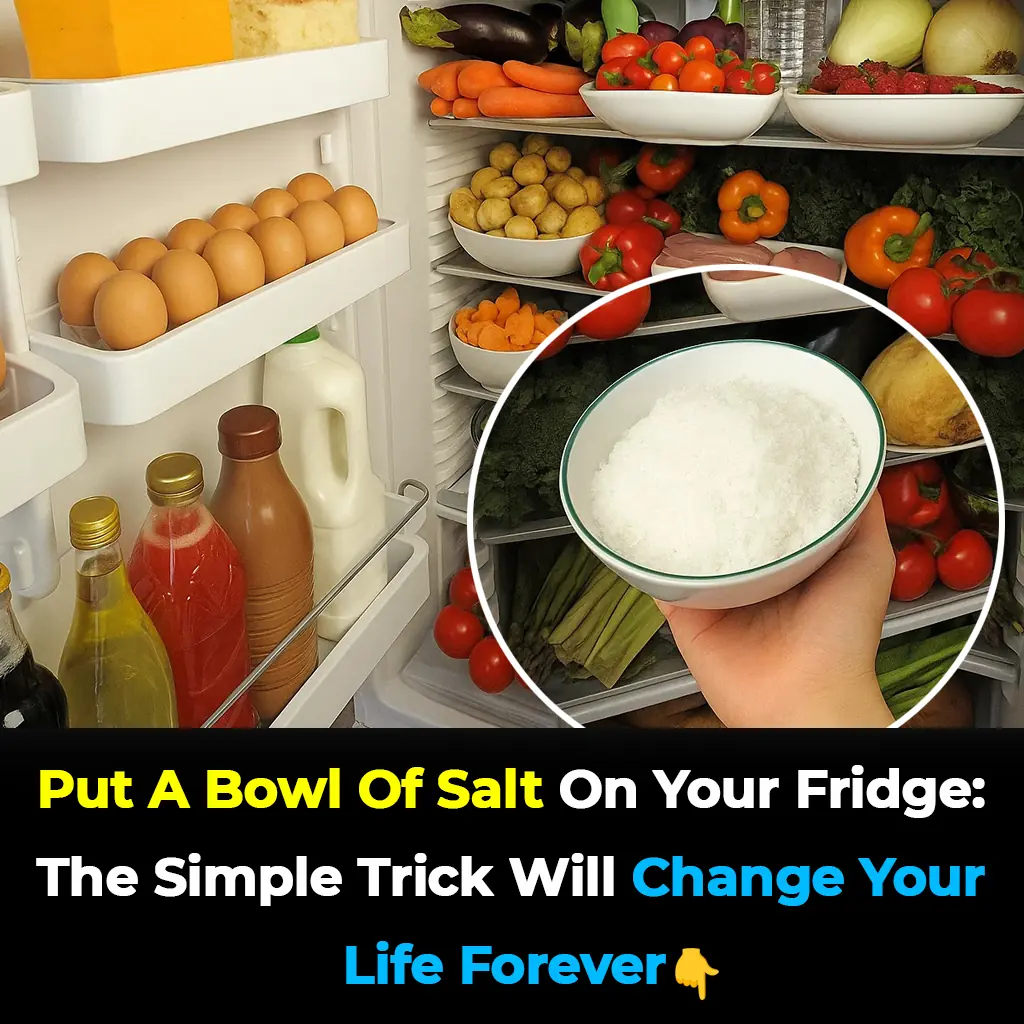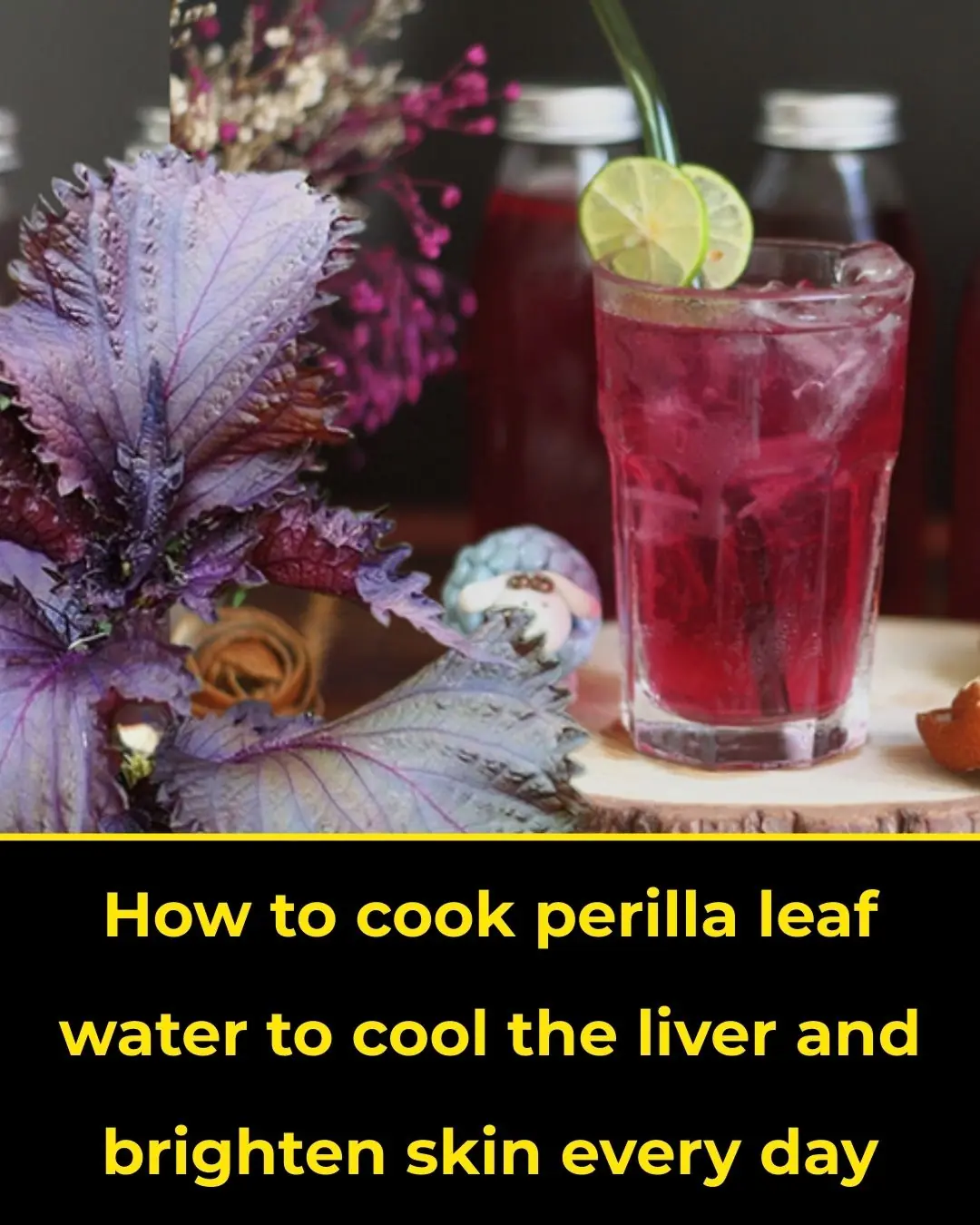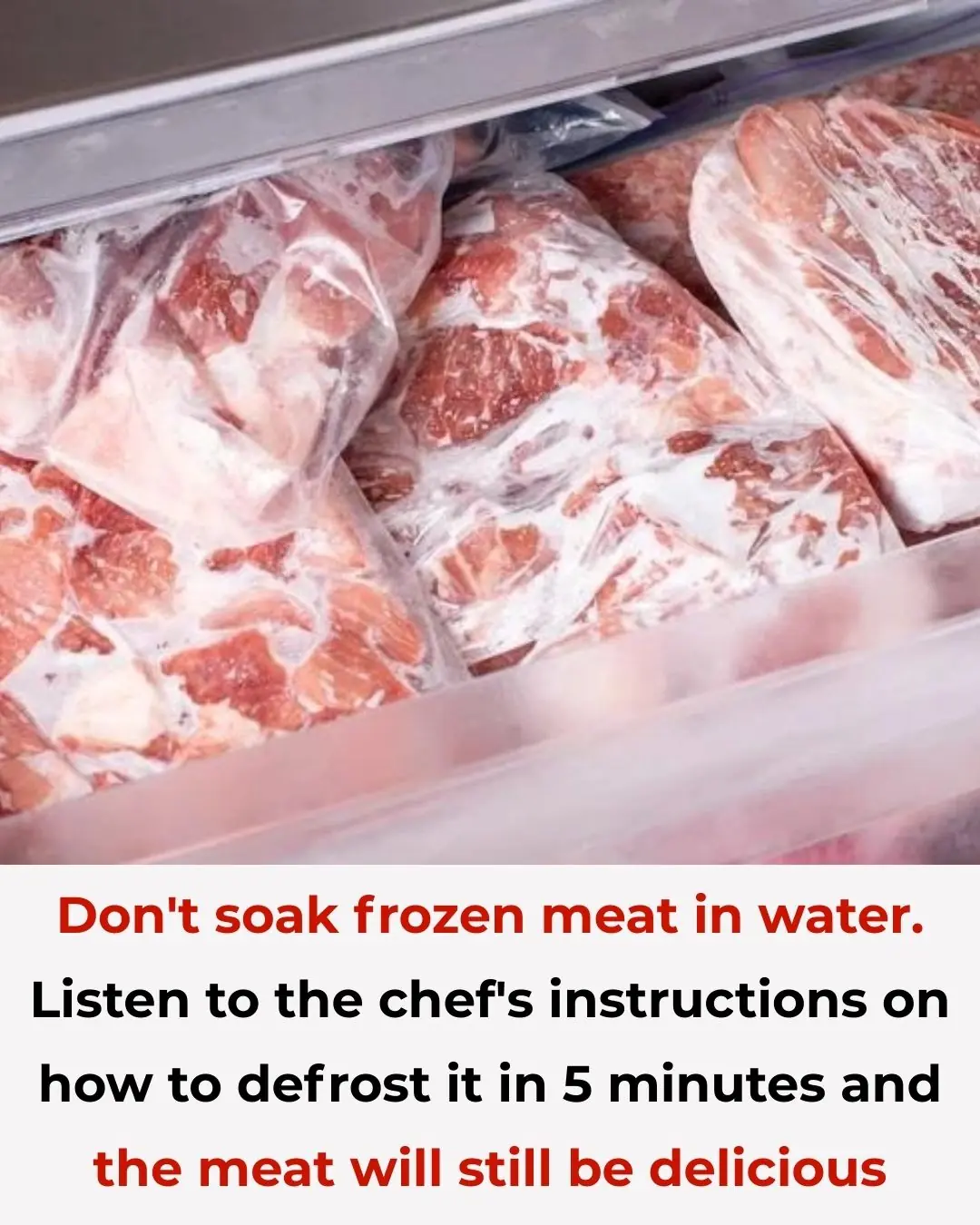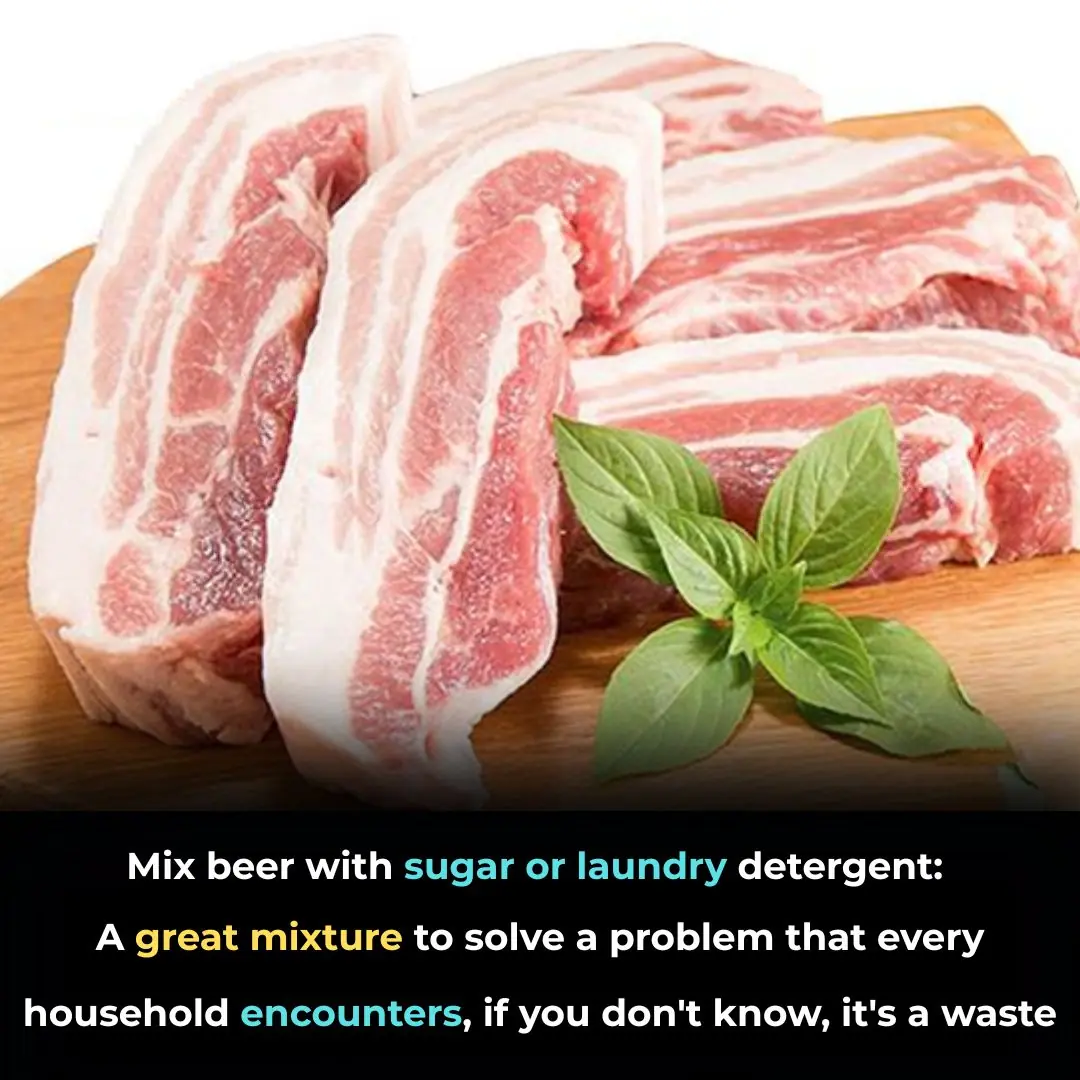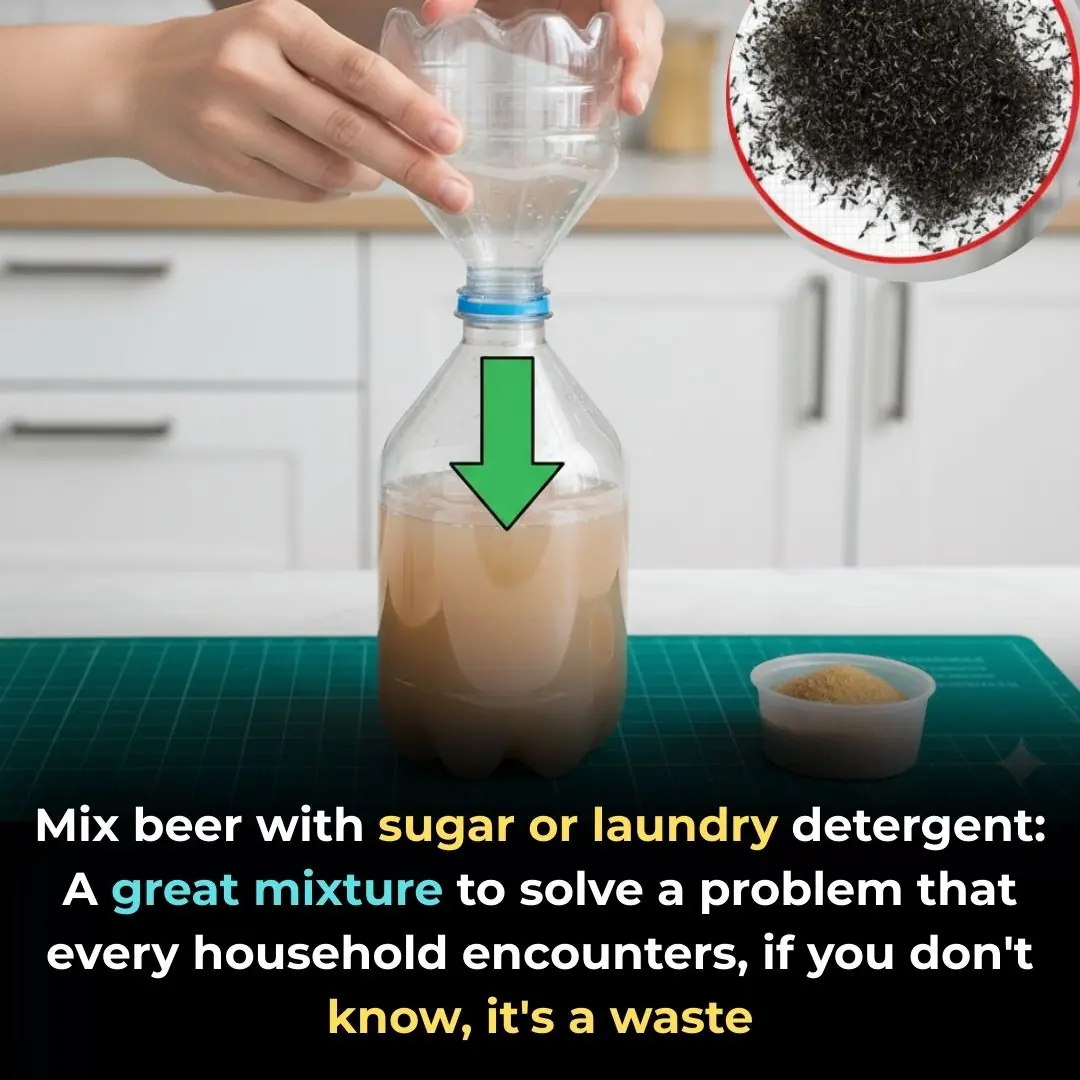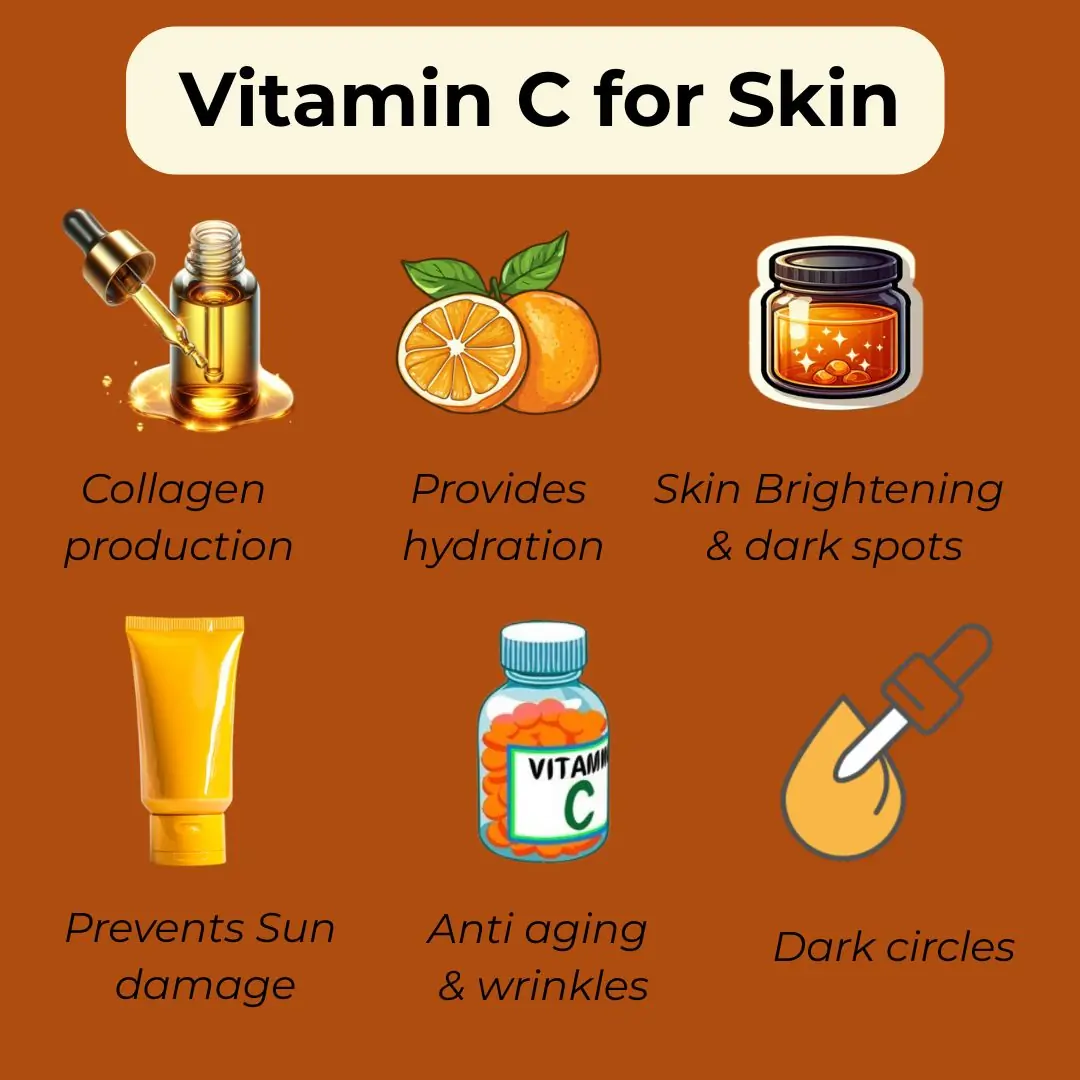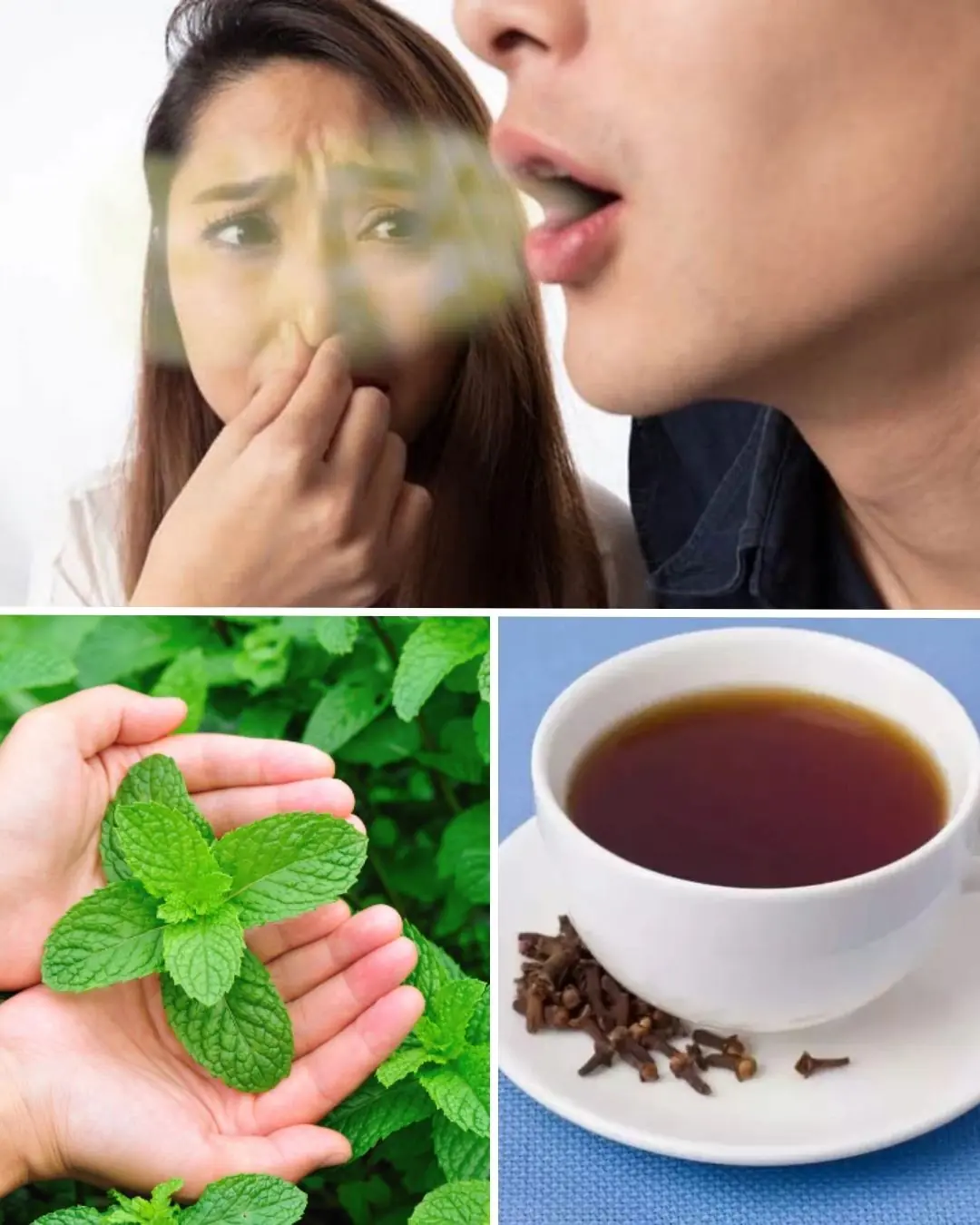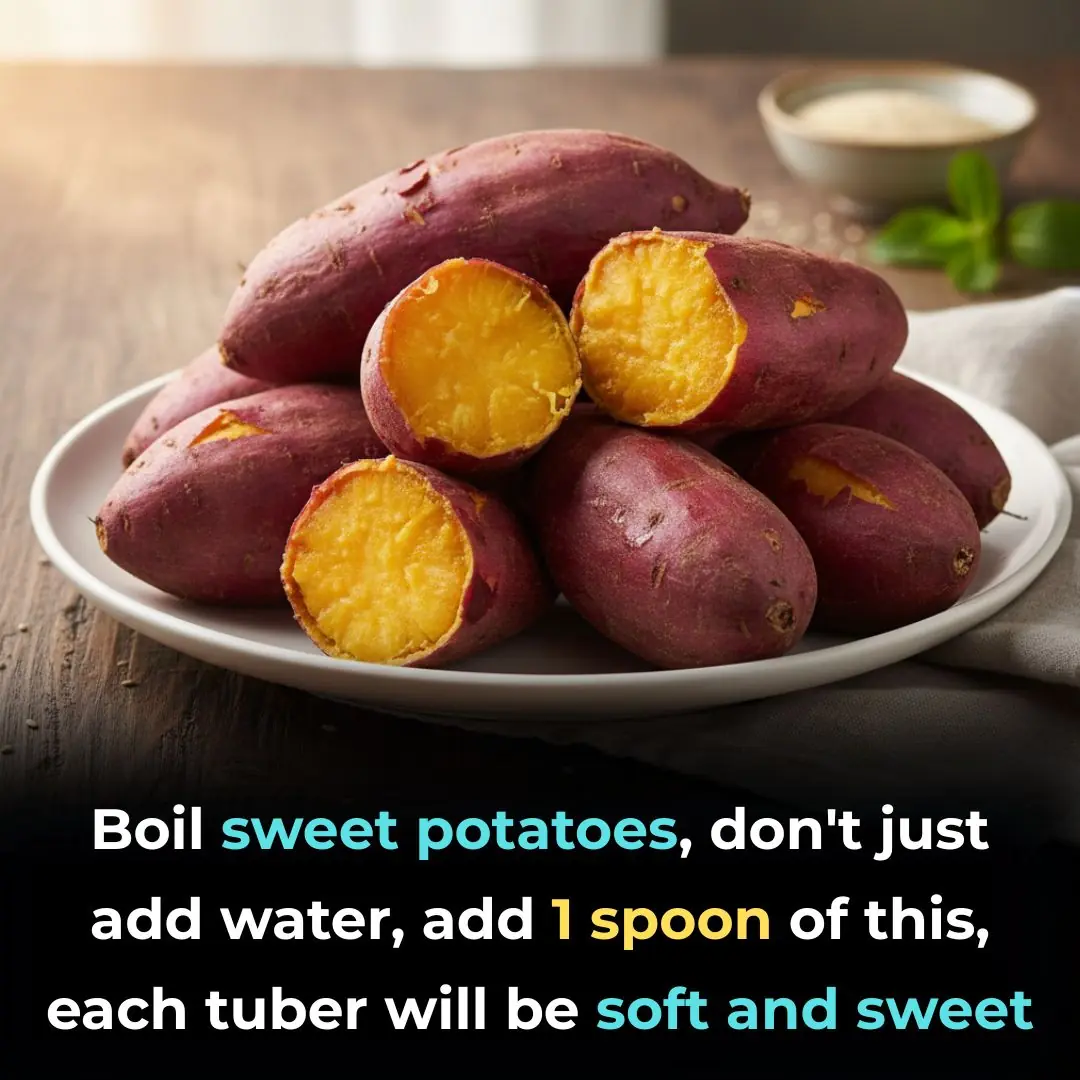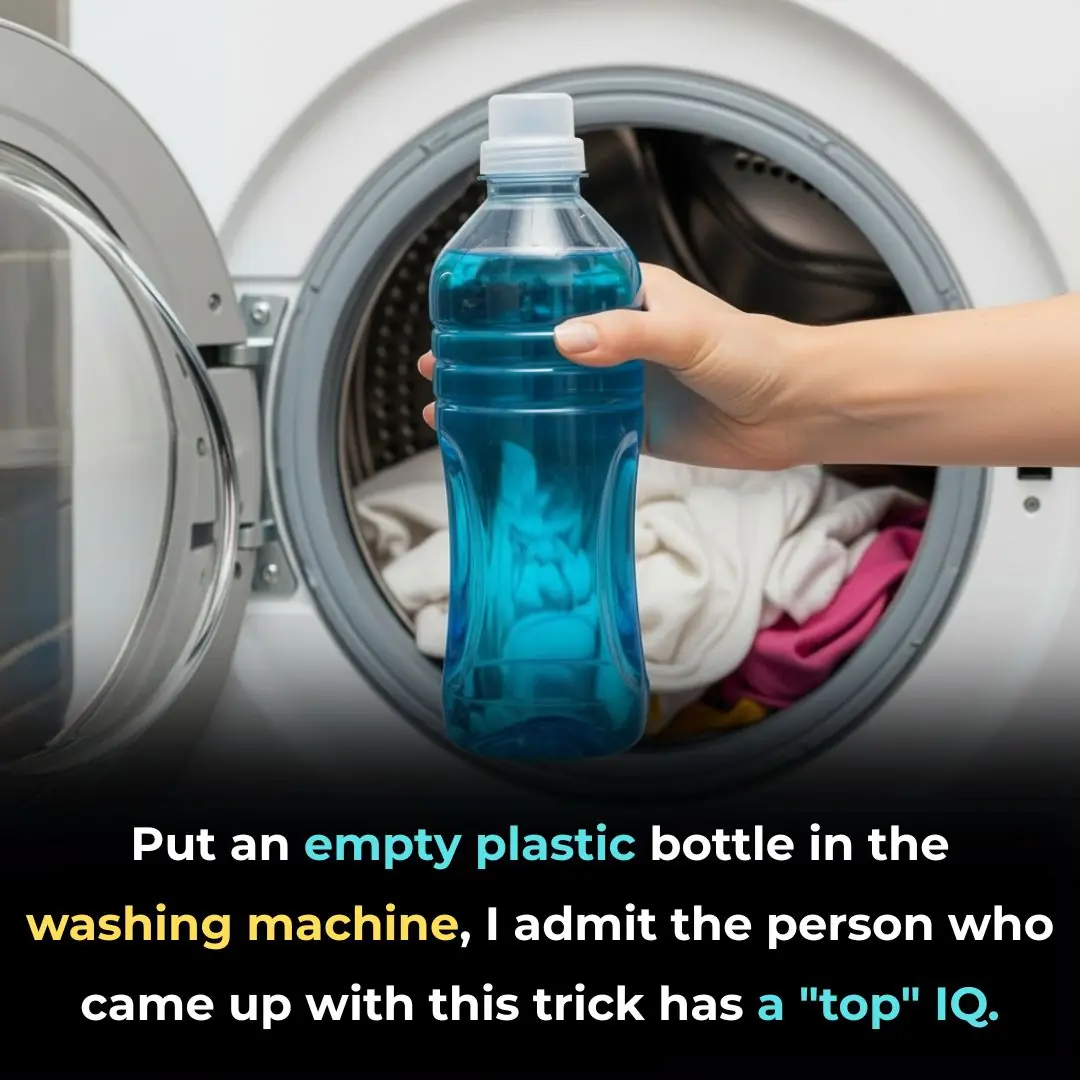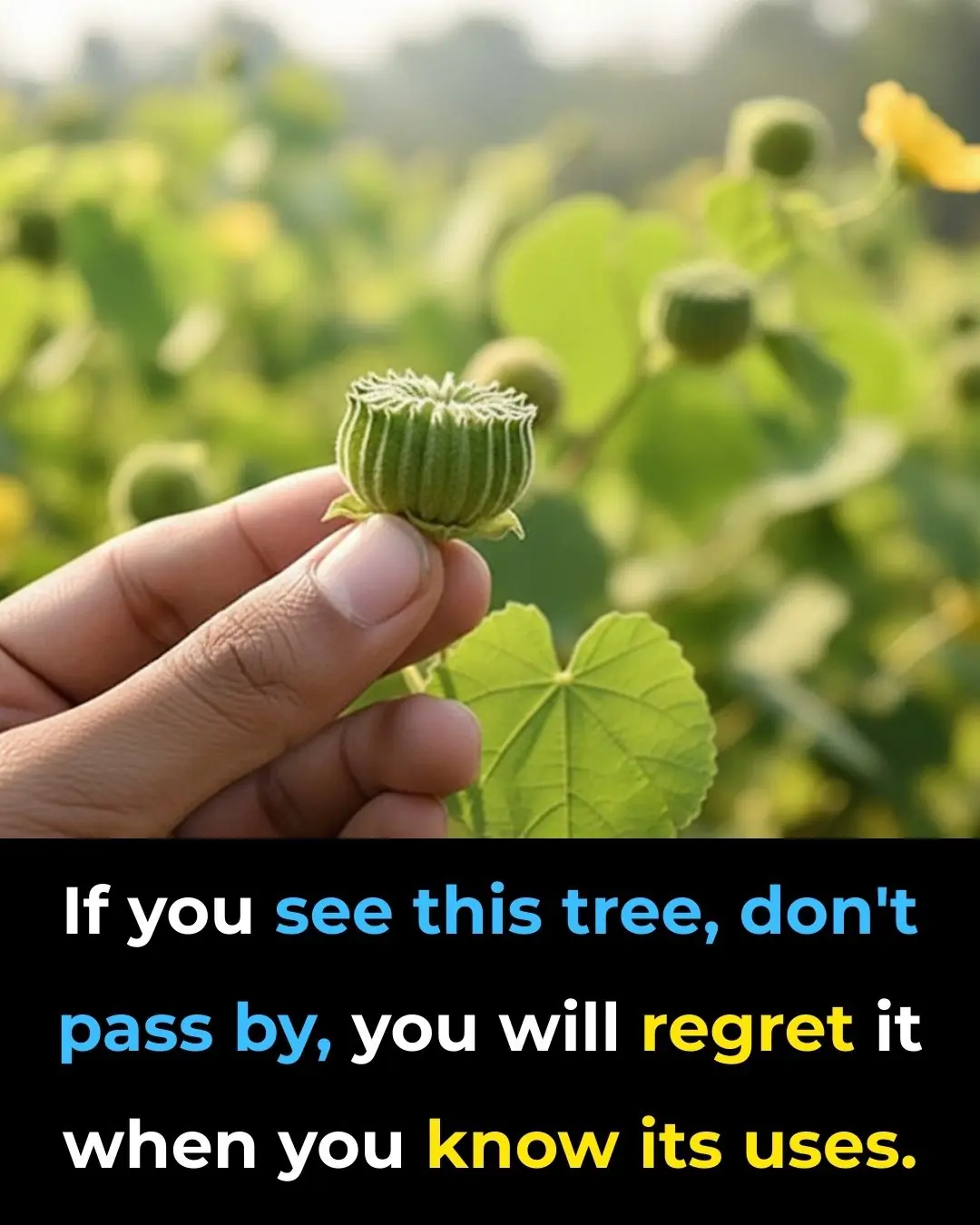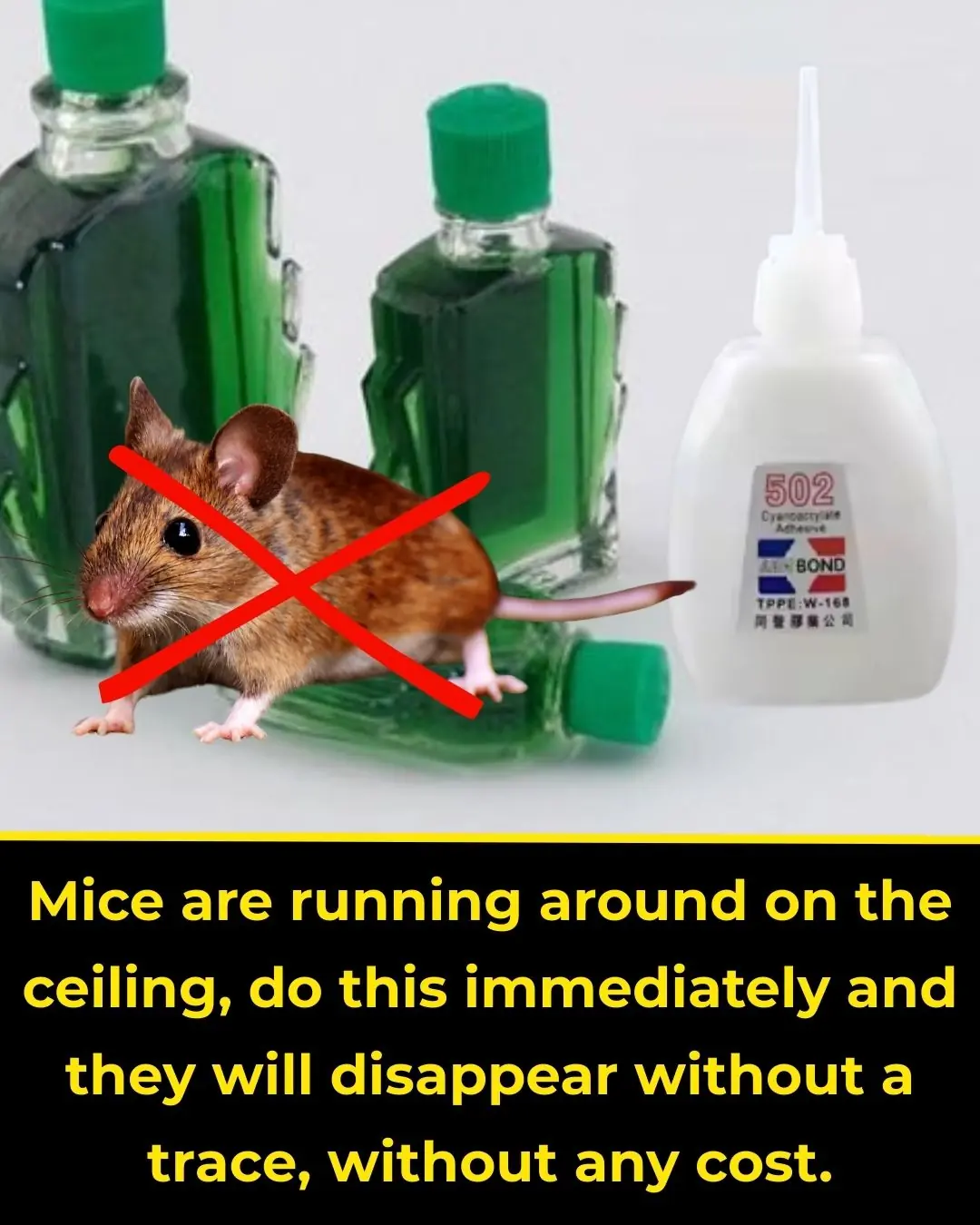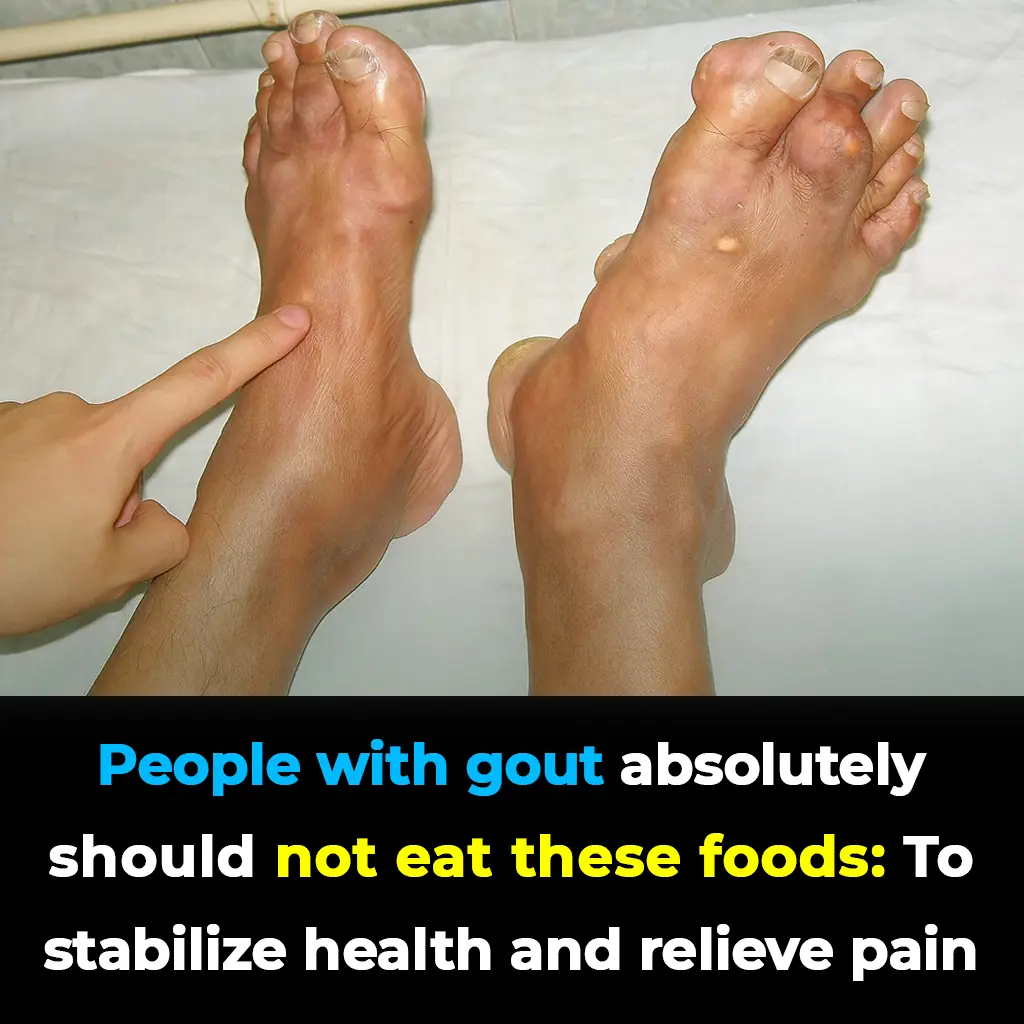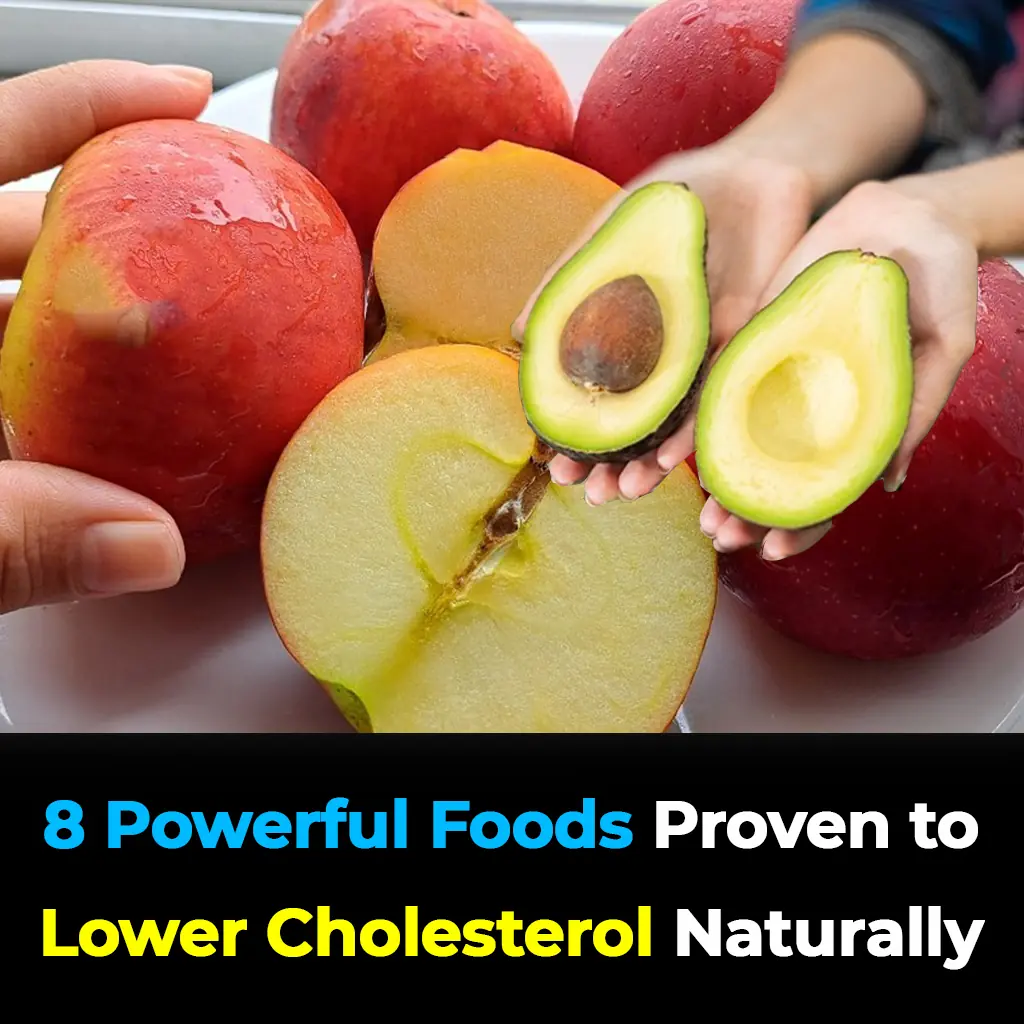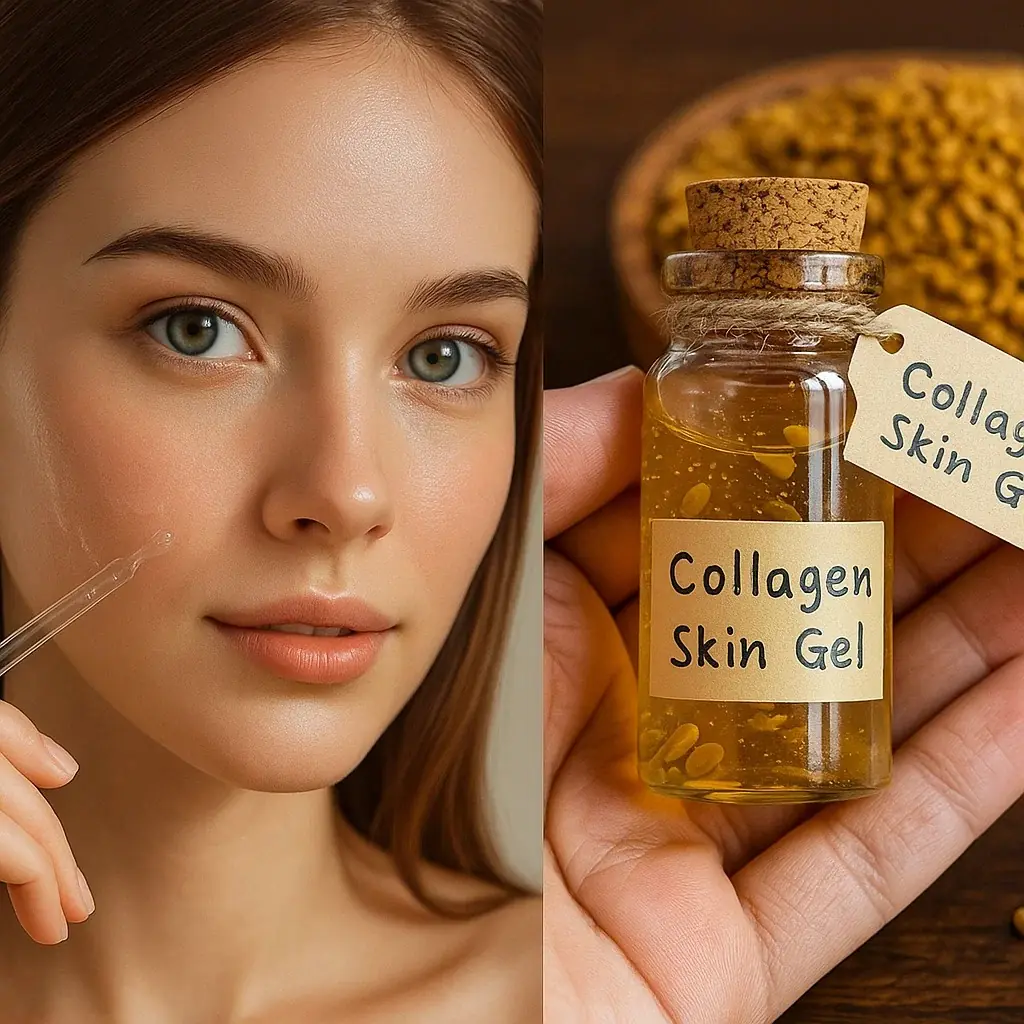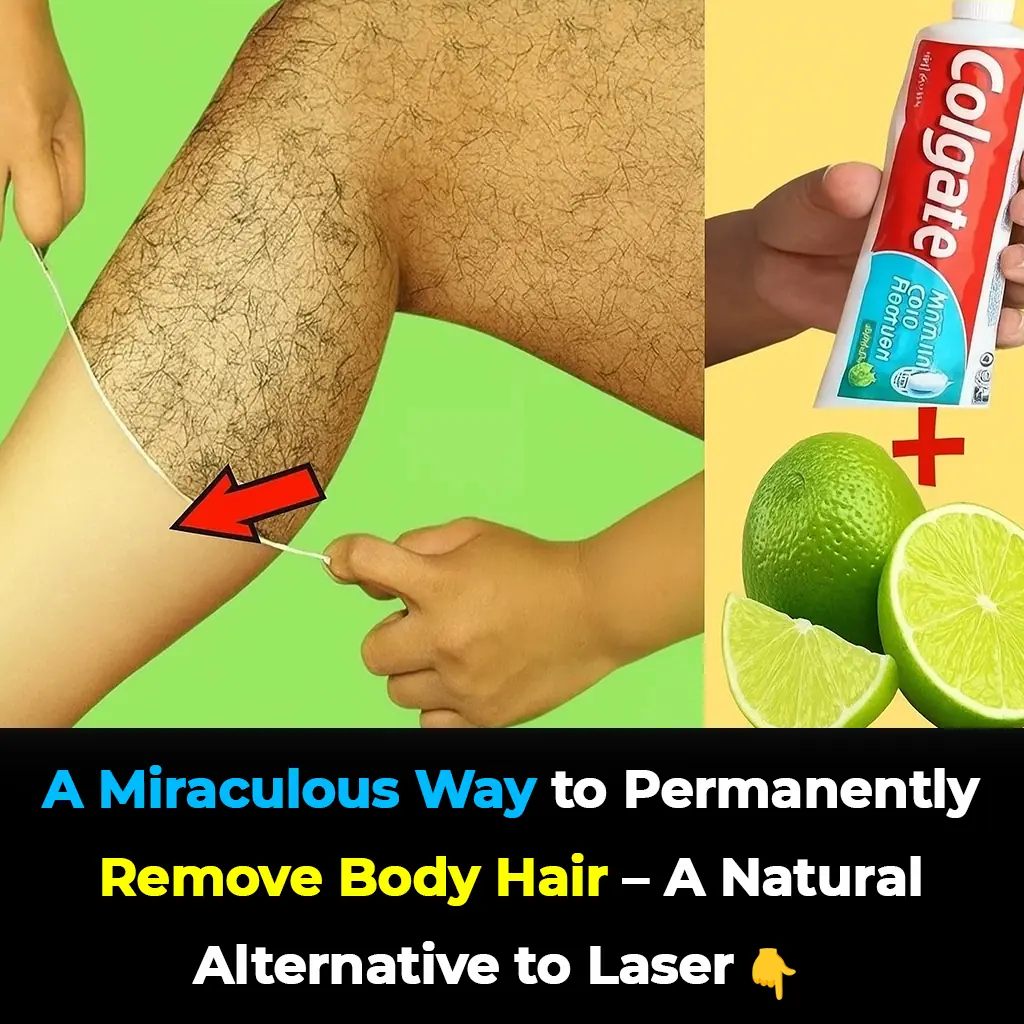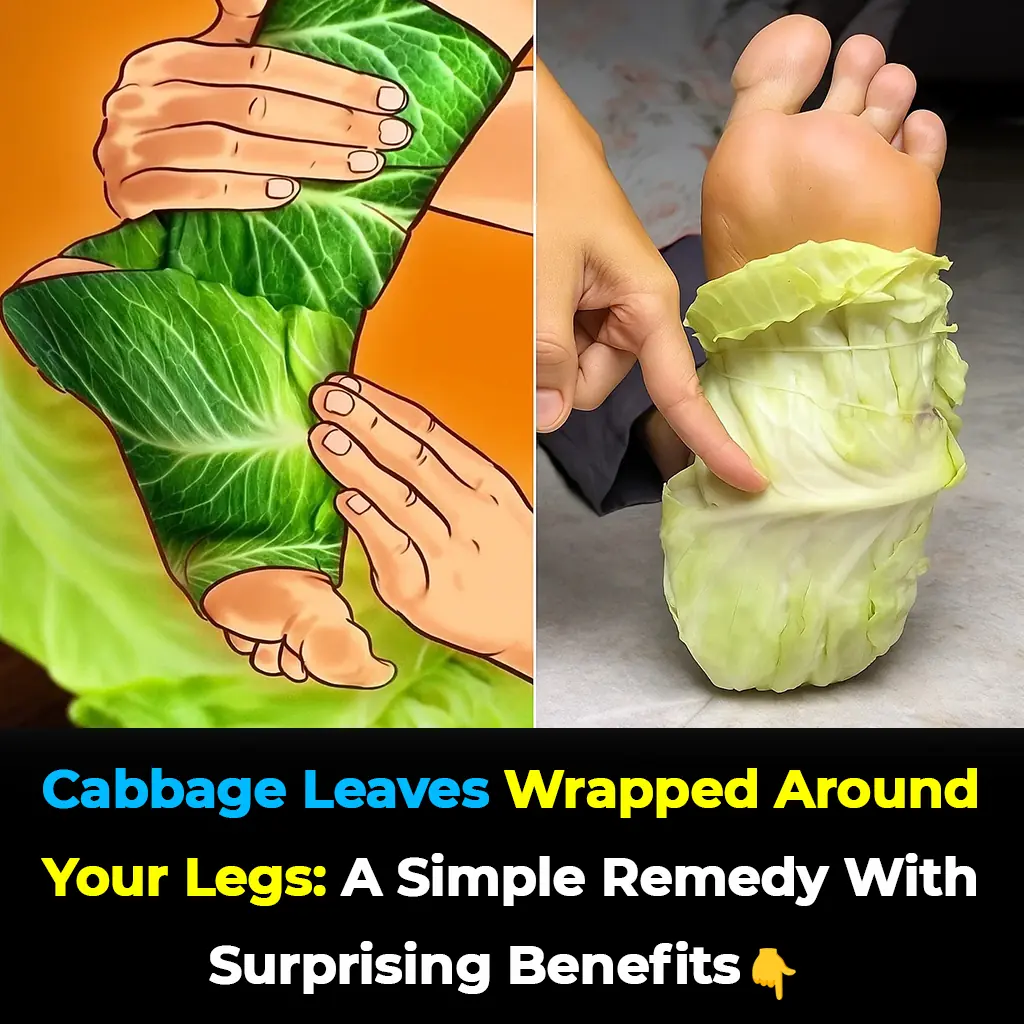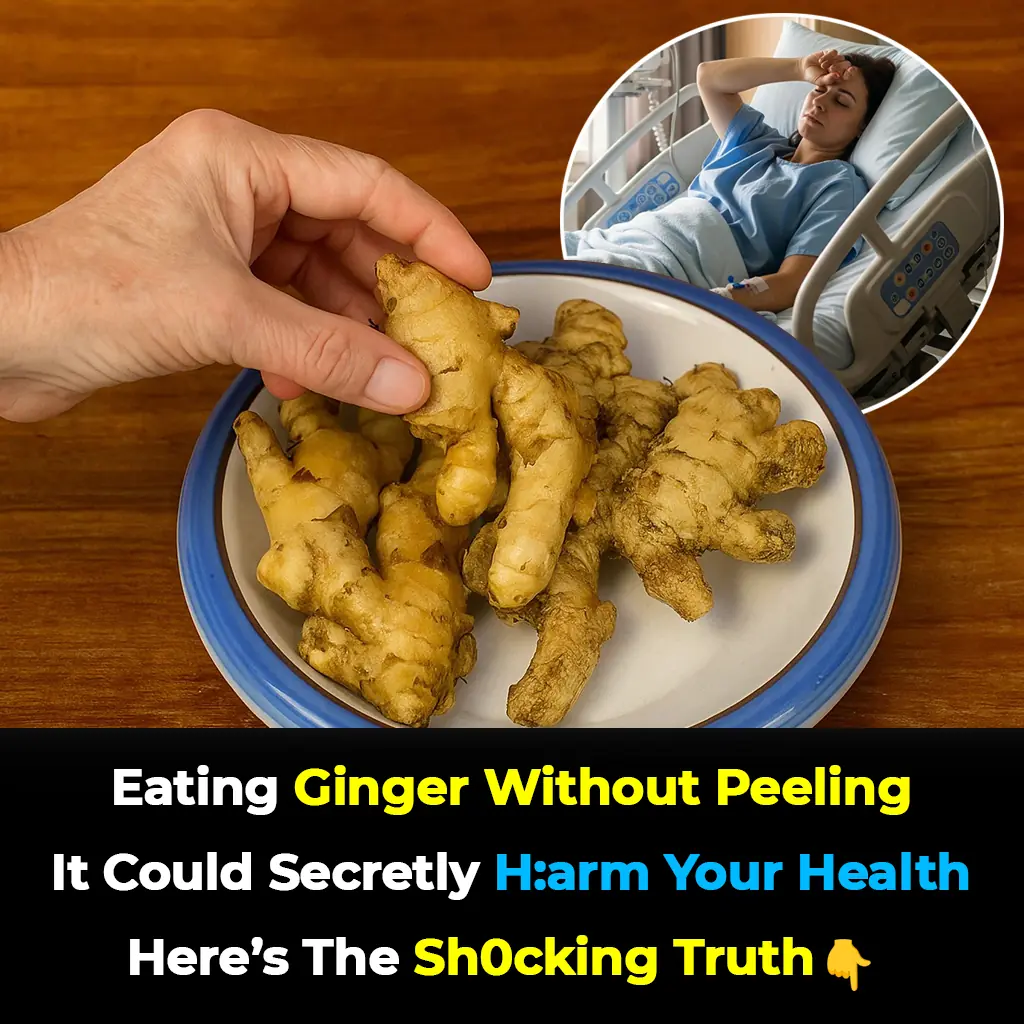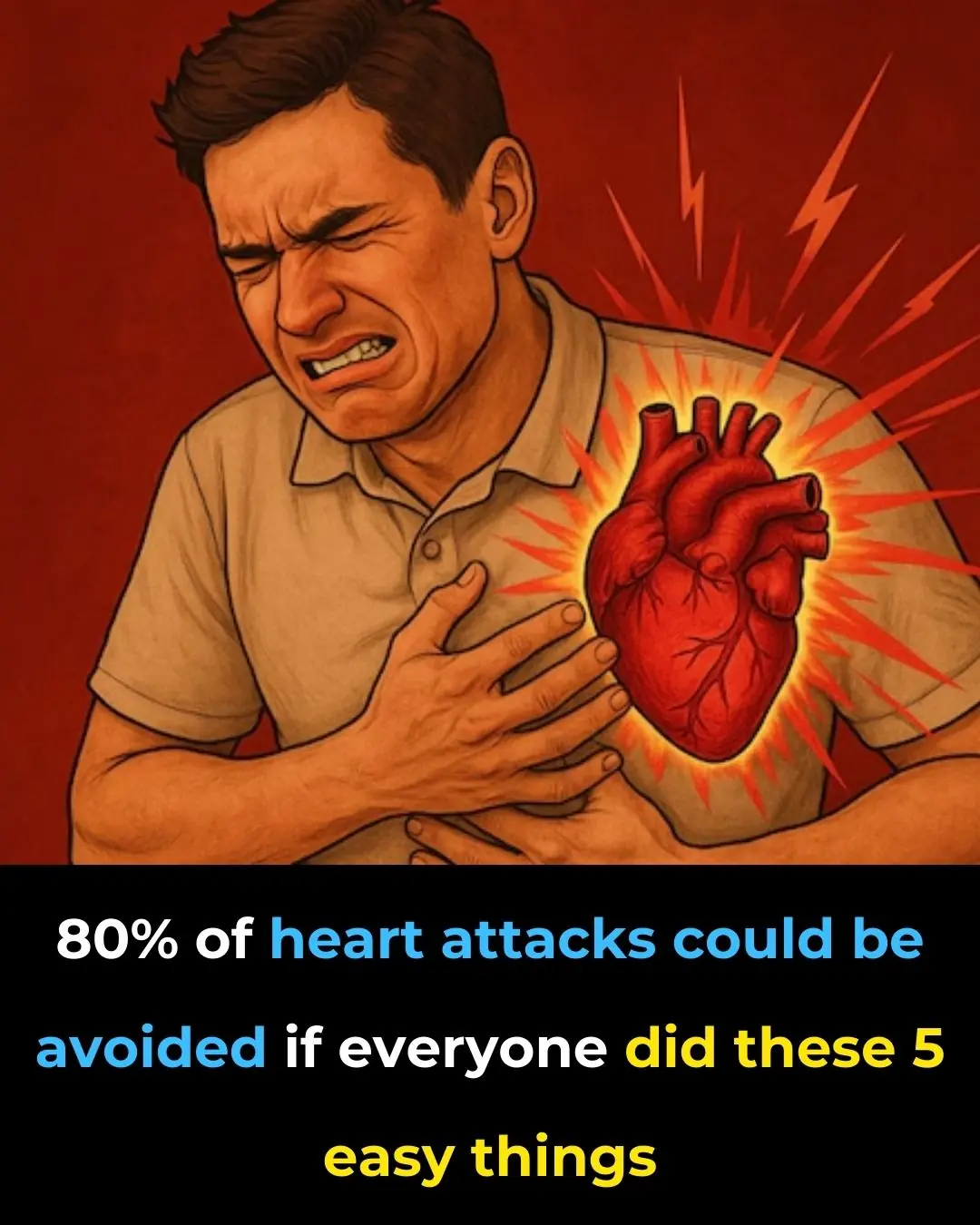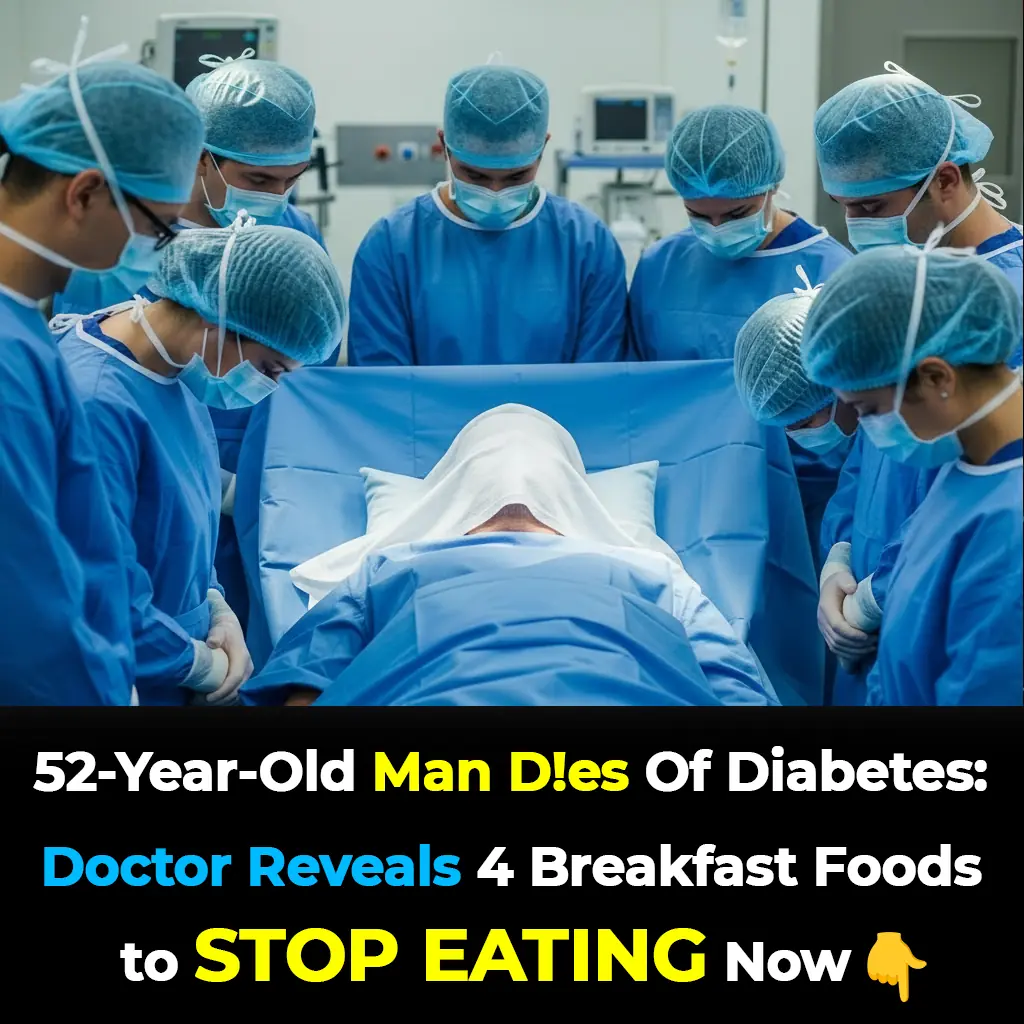Plastic wrap is undeniably convenient, but it must be used correctly. Missteps like reusing, heating, or buying low-quality products can gradually harm your body.
Plastic wrap is a kitchen staple found in almost every household, used to preserve leftovers and keep food fresh. But while it seems harmless, using it incorrectly could silently expose your body to hidden risks. Experts warn that certain mistakes can release harmful chemicals into your food, leading to long-term health consequences.
Plastic wrap is typically made from polyethylene (PE), polyvinyl chloride (PVC), or polyvinylidene chloride (PVDC). To enhance flexibility, durability, and cling, manufacturers may also add chemical agents such as stabilizers or antioxidants. While convenient, this material comes with potential hazards if misused. Over time, improper use can allow toxic substances to seep into food, posing a threat to overall well-being.

The 3 Most Common Mistakes With Plastic Wrap
- Reusing Plastic Wrap
In an effort to save money or reduce waste, many people reuse plastic wrap multiple times. What they don’t realize is that refrigerators and kitchens harbor countless invisible bacteria. Once a wrap has been used, it can trap germs, which may contaminate fresh food during reuse.
Additionally, aged or repeatedly used plastic wrap is more likely to break down and release chemicals into food. Long-term exposure may damage organs, disrupt metabolism, or increase the risk of chronic illnesses. What seems like a small act of frugality could end up costing much more in health.
- Heating or Steaming Food With Plastic Wrap
Most wraps sold in stores are made from food-grade PE, which is relatively safe at room temperature. However, the melting point of PE is not high. When exposed to high heat—such as during steaming, reheating, or microwave cooking—it can soften, deform, or even partially melt.
When melted, chemicals may leach into your food, altering its safety and quality. Regularly consuming meals that have come into contact with overheated wrap increases exposure to harmful compounds, which may stress your body and harm your health over time. Using glass lids or microwave-safe containers is always a better choice.
- Using Low-Quality Plastic Wrap
Not all wraps are created equal. Cheap or unregulated products may contain high levels of plasticizers like DEHA, which can negatively affect the liver, reproductive system, and long-term development. These chemicals are controversial and have been linked to serious health concerns worldwide.
PVC-based wraps are the most debated. To make them flexible, manufacturers add large amounts of softeners, but these can easily migrate into oily or fatty foods, especially under heat. While PE wraps are safer, they should not be used at high temperatures. PVDC wraps, though more expensive, are the safest, offering excellent sealing ability, chemical resistance, and heat tolerance—making them the most reliable option for cooked or hot foods.
5 Golden Rules for Safe Use of Plastic Wrap
- Avoid direct contact with food: Keep at least a 2 cm gap between the wrap and hot or oily dishes.
- Choose wisely for cooked foods: Avoid PVC or PE for hot or greasy meals. Opt for PVDC wrap or airtight containers instead.
- Limit usage time: Wrap is designed for short-term storage—ideally under 12 hours—not long-term preservation.
- Know which foods not to wrap: Bananas, tomatoes, and similar produce release ethylene gas that accelerates ripening. Wrapping them not only fails to keep them fresh but may speed up spoilage and nutrient loss.
- Check for quality signs: Avoid wraps that smell strongly of chemicals, feel sticky, tear easily, or have uneven coloring and cloudiness.
The Bottom Line
Plastic wrap is undeniably convenient, but it must be used correctly. Missteps like reusing, heating, or buying low-quality products can gradually harm your body. Choosing the right type of wrap and applying these safety rules ensures your food stays fresh—without compromising your health.
